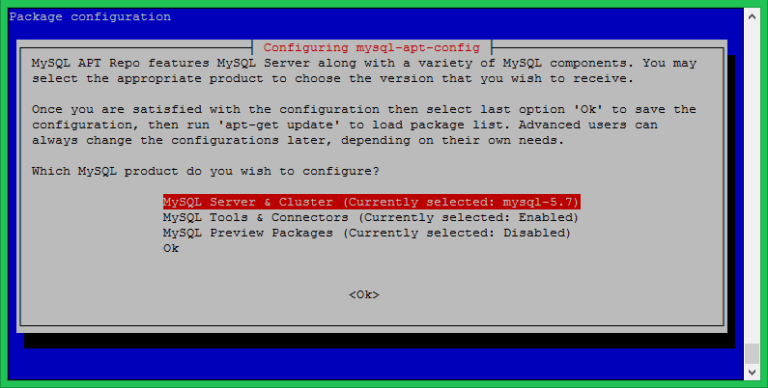
Next, assuming that you have followed the UFW setup tutorial by installing and enabling a firewall, make sure that your firewall allows HTTP and HTTPS traffic. Once done, apt-get will exit, and the installation will be complete. This may take a few seconds as Apache and its required packages are installed. This installs the basic Apache web server package as well as the documentation that goes along with it. sudo apt-get install apache2 apache2-doc.This is a well-documented and widely used web server that will allow your server to display web content. The next step in our LAMP installation is to install the Apache web server. Step 2 - Installing Apache and Updating the Firewall Since your server is already running the Linux operating system Debian, you can move on to installing the Apache web server to manage your networking connections. Now your server is fully patched, updated, and ready for LAMP installation. On a fresh server, it will take a couple of seconds. This may take a while, depending on the current version of the operating system you have installed, software packages, and network conditions. You can do this by typing the following command: Once you’ve determined that these updated software components are relevant for your needs, go ahead and update your server. In our example here, all packages have been installed for the purposes of this tutorial only. Note: If you are running a development or mission-critical high-use server, be cautious about installing updates without carefully going through each package to determine if it is actually needed for your system. This tells your operating system to compare the software packages currently installed on your server with any new versions that might have been updated recently in the Debian online repositories, where base software packages are stored. You should also create a basic firewall, which you can do by following the Ubuntu and Debian UFW setup tutorial.īefore you install any software, it’s important to make sure your system is up to date. You can do this by following our initial server setup guide for Debian 8. Prerequisitesīefore we get started, you will need to set up a Debian 8 server with a non-root sudo-enabled user account.

In this tutorial, we’ll install a LAMP stack on a Debian 8 server. Installed together, this software stack enables your server to host dynamic websites and web applications. The “LAMP” stack of software, consisting of the Linux operating system, Apache web server, MySQL database, and PHP scripting language, is a great foundation for web or application development.


 0 kommentar(er)
0 kommentar(er)
